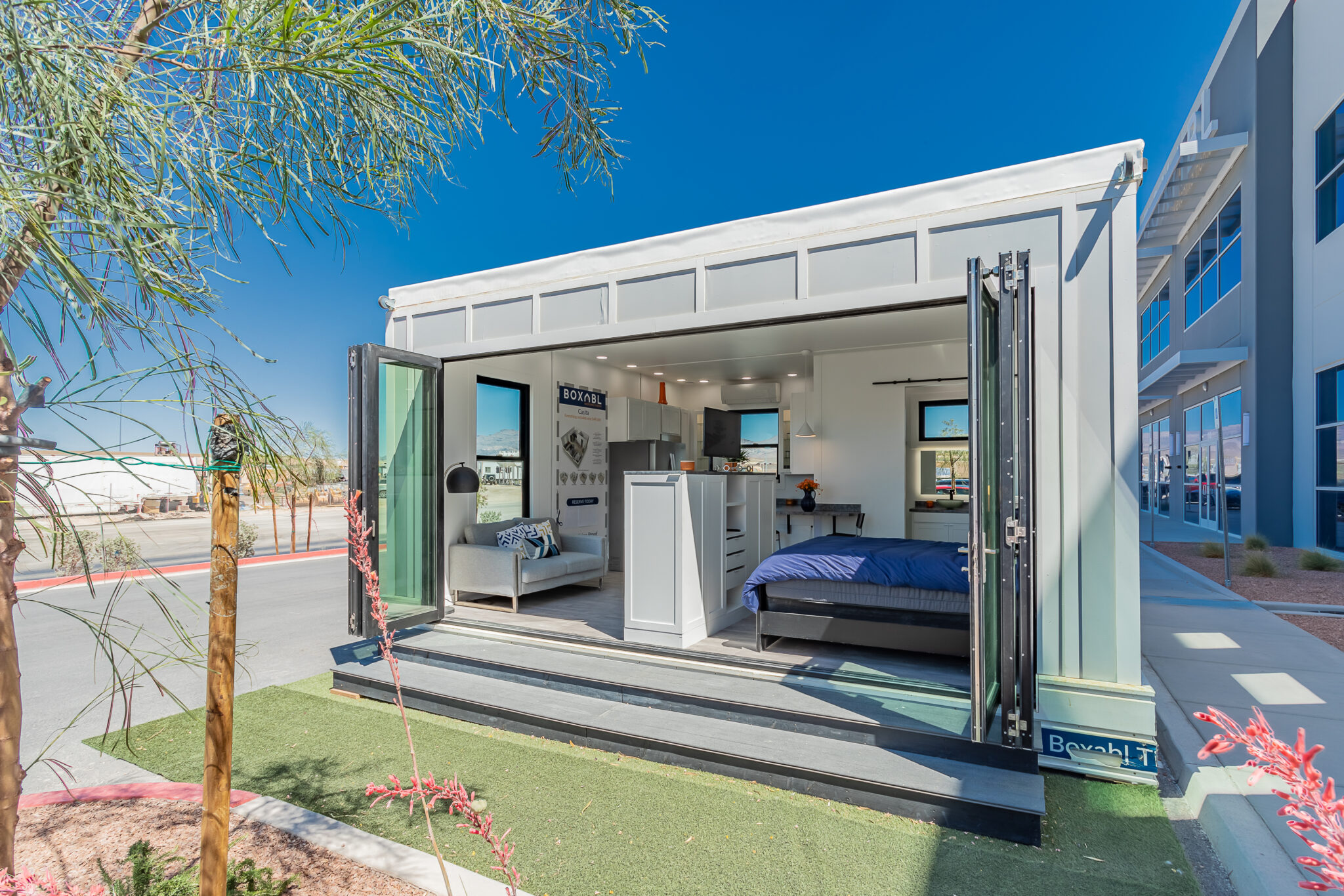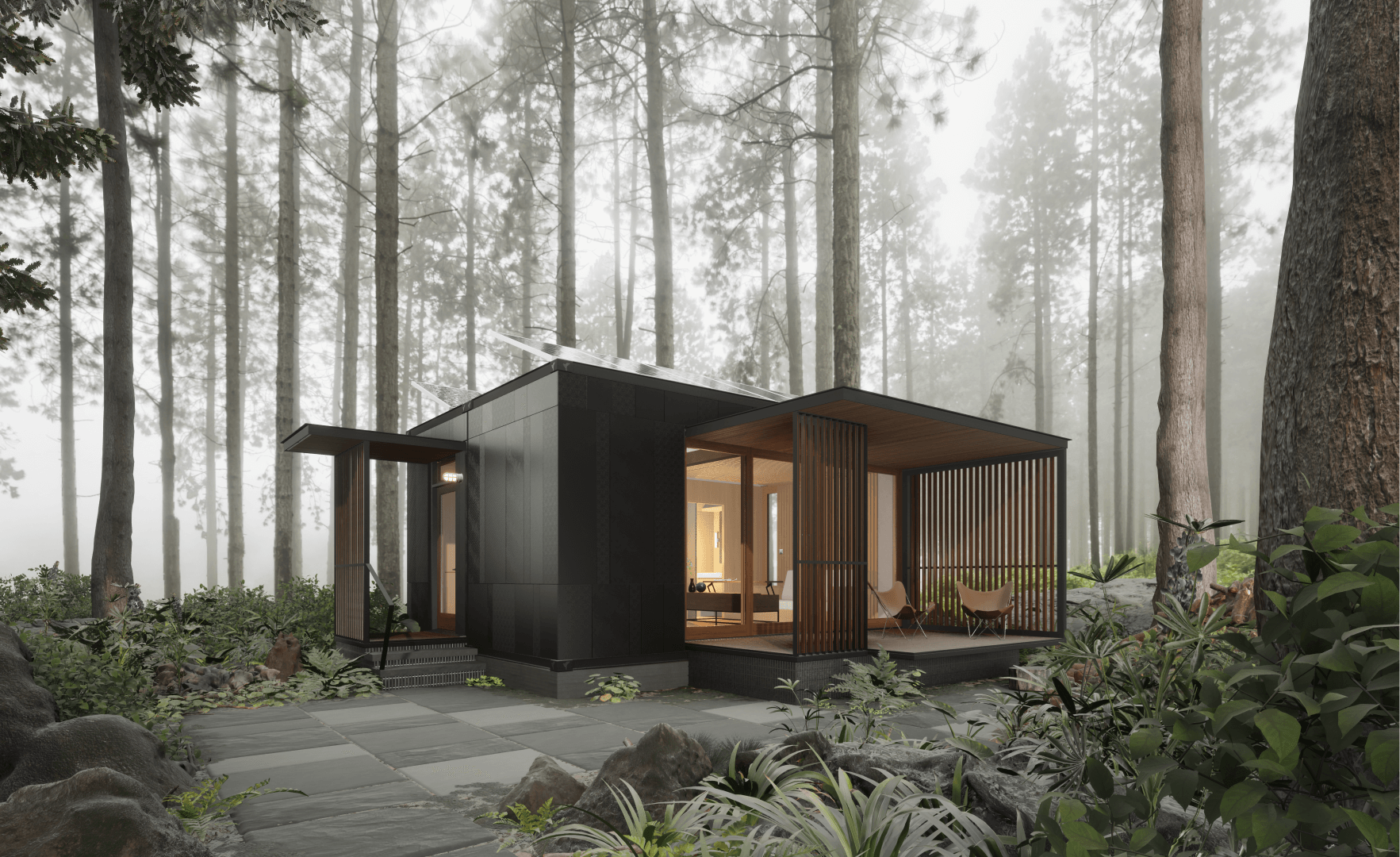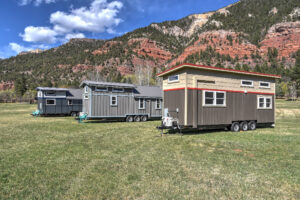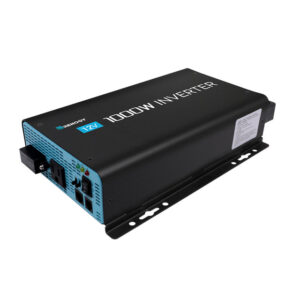
Key Takeaways
- Boxabl Casita offers a foldable tiny home that’s both affordable and efficient, with a starting price around $50,000.
- Zennihome Denizen delivers a unique tiny home experience with customizable options, though pricing can vary based on features and finishes, the starting price is around $90,000.
- Both Boxabl and Zennihome provide space-efficient living solutions that can lead to significant long-term savings on energy and maintenance.
- Tiny homes can have hidden costs, but they also offer potential in property value increase and savings from a minimalist lifestyle.
- When considering tiny homes for rental properties, Boxabl and Zennihome present different investment opportunities and potential returns.

Exploring the Affordability of Boxabl Homes
Cost of Ownership for a Boxabl Tiny Home
When we talk about Boxabl, we’re looking at the Casita model, a prefab tiny home that’s become quite popular. The price tag for a Boxabl Casita starts at about $50,000. This includes the basic setup: a living area, kitchen, bathroom, and bedroom, all within a 375-square-foot space. It’s designed to be efficient, requiring less in terms of foundation and land preparation. The cost is straightforward, and because it’s a manufactured product, you won’t be surprised by the common overruns associated with traditional construction.
Space-Efficiency and Its Economic Impact
One of the biggest benefits of the Boxabl Casita is its efficient use of space. The design is such that every square inch is used thoughtfully, reducing waste and maximizing living area. This efficiency isn’t just about comfort; it translates into economic savings. Smaller space means less material, less energy to heat and cool, and less time spent on cleaning and maintenance. In the long run, these efficiencies can add up to significant cost savings.
Long-term Savings: Energy and Maintenance
Boxabl homes are built with energy efficiency in mind. Their tight construction and insulation mean you’ll spend less on heating and cooling. Plus, their modern design and materials require less maintenance over time. These long-term savings are an important part of the cost-benefit analysis. It’s not just the upfront price that matters, but the ongoing costs of living in a home. Over the lifespan of a Boxabl Casita, homeowners can save thousands in utility and maintenance costs.

Decoding the Value of Zennihome
Cost of Ownership for a Zennihome Tiny Home
Zennihome takes a slightly different approach to tiny living, focusing on customization and innovative design. The cost of a Zennihome Denizen can vary greatly depending on the choices you make regarding size, finishes, and additional features. The Denizen’s starting price is $90,000, but you can expect to pay a premium for the personalization of a Zennihome. This cost, however, comes with the advantage of tailoring your space exactly to your needs and aesthetic preferences.
Space-Efficiency and Its Economic Impact
The philosophy behind Zennihome is similar to Boxabl’s in terms of space efficiency, but with an added layer of customization. This means that while the base model might be comparable in size to a Boxabl Casita, you have the option to expand and personalize your space. The economic impact here is a balance between paying for custom features and the potential savings from designing a space that fits your exact lifestyle, potentially reducing waste and unnecessary costs.
Long-term Savings: Energy and Maintenance
Zennihome’s focus on high-quality materials and construction methods means that, like Boxabl, it offers potential savings in energy and maintenance. The custom nature of Zennihome allows for the incorporation of advanced energy-saving technologies and durable materials that can decrease the need for repairs and replacements. These considerations are crucial for understanding the true cost of living in a Zennihome over time.
Comparing Tiny Home Prices: Hidden Costs Uncovered
When diving into tiny home ownership, it’s essential to peel back the sticker price and explore hidden costs. Both Boxabl and Zennihome have their set of additional expenses that aren’t immediately obvious. These can include delivery fees, foundation costs, utility hookups, and land—if you don’t already own it. It’s important to factor in these expenses to get a true sense of the investment you’re making. For instance, the cost of transporting a Boxabl Casita to your site can vary based on distance, while Zennihome’s customization options might lead to higher-than-expected final pricing.

Resale Value: Boxabl vs. Zennihome
The resale value of a tiny home is a hot topic. With the growing popularity of minimalist living, both Boxabl and Zennihome homes could potentially increase in value. However, it’s not guaranteed and will largely depend on market trends, location, and the condition of the home. Boxabl’s uniformity might appeal to a broader market, while Zennihome’s customization could either increase value for the right buyer or limit resale potential due to personal taste.
Financial Assistance and Loan Options for Tiny Home Buyers
Financing a tiny home can be tricky. Traditional mortgage options may not always be available for tiny homes like Boxabl and Zennihome, as they don’t always meet the standard definitions of real estate. However, there are other options such as personal loans, manufacturer financing, or even RV loans if the home is on wheels. It’s critical to explore these options and understand their terms, as interest rates and loan durations can significantly affect the overall cost of your tiny home.
Lifestyle Impacts and Economic Benefits
Choosing to live in a tiny home is about more than just saving money—it’s a lifestyle choice. This way of living encourages less consumption and a focus on experiences over possessions. Both Boxabl and Zennihome offer the chance to embrace this minimalist lifestyle, which can lead to substantial savings in the long term. The reduced need to buy, maintain, and store things can free up your budget and your time for other pursuits.
Quality of Life in a Tiny Home: Beyond Monetary Value
Living in a tiny home like those offered by Boxabl or Zennihome isn’t just a financial decision; it’s about quality of life. These homes encourage a closer connection with the outdoors, simpler living, and often a tighter-knit community. The smaller space pushes residents to prioritize what’s truly important to them, leading to a potentially more fulfilling lifestyle.
Moreover, the design of these homes often incorporates large windows and multi-functional spaces, making them feel larger than their footprint suggests. The psychological benefits of living in a well-designed, uncluttered space cannot be overstated. This is an aspect of tiny living that doesn’t show up on a balance sheet but is felt in the day-to-day lives of residents.

Reduced Consumption and Minimalist Living Savings
The tiny home movement goes hand in hand with minimalist living, which can lead to significant cost savings. By owning a Boxabl or Zennihome, you’re likely to spend less on:
- Furniture and home decor
- Utilities, due to the smaller space
- Home maintenance and repairs
- Property taxes, often lower for tiny homes
This reduction in consumption is not only good for your wallet but also for the environment. By using fewer resources and generating less waste, tiny home living can be a more sustainable option.

Community Living: A Cost-Saving Alternative?
An emerging trend in the tiny home movement is the creation of tiny home communities. These communities can offer shared amenities and a sense of belonging, which can be a huge draw for some. Additionally, living in a community can provide cost-sharing opportunities for utilities and maintenance, further reducing the individual cost of living. Both Boxabl and Zennihome could be excellent options for those looking to join or create such communities.

Investment Angle: Boxabl vs. Zennihome for Rental Properties
Investing in a tiny home to rent out can be a lucrative venture. The lower initial investment compared to traditional real estate means that it’s possible to see a return on investment (ROI) more quickly. When considering Boxabl or Zennihome for this purpose, it’s essential to think about the target rental market, the appeal of the home’s design, and the potential rental income.
ROI Analysis for Tiny Home Rentals
To analyze ROI for tiny home rentals, consider the following:
- Initial cost of the home and land (if applicable)
- Expected rental income based on market rates
- Operating expenses including maintenance, insurance, and property management
- Occupancy rates and seasonal demand
Boxabl’s Casita, with its lower starting price, may offer a quicker path to profitability, while Zennihome’s higher-end finishes could command a premium rental rate.
Case Studies: Profitability in Action
- A Boxabl Casita located near a bustling city center has an occupancy rate of 90% and rents for $120 per night, leading to a gross annual income of approximately $39,420.
- A custom Denizen Zennihome placed in a scenic, remote location caters to a niche market, renting for $150 per night with an occupancy rate of 70%, resulting in a gross annual income of around $38,325.
These case studies illustrate how both Boxabl and Zennihome can be profitable rental properties when positioned correctly in the market. The key is to align the tiny home’s features and location with the desires of potential renters.
Key Findings
- Boxabl Casita offers a foldable tiny home that’s both affordable and efficient, with a starting price around $50,000.
- Zennihome delivers a unique tiny home experience with customizable options with a base price of $90,000, though pricing can vary based on features and finishes.
- Both Boxabl and Zennihome provide space-efficient living solutions that can lead to significant long-term savings on energy and maintenance.
- Tiny homes can have hidden costs, but they also offer potential in property value increase and savings from a minimalist lifestyle.
- When considering tiny homes for rental properties, Boxabl and Zennihome present different investment opportunities and potential returns.
Frequently Asked Questions (FAQ)
Do tiny homes increase property value?
Tiny homes can indeed increase property value, particularly in markets where affordable and sustainable living is in high demand. Factors such as the quality of the tiny home, its location, and how well it’s been maintained play a significant role in determining its impact on property value. Both Boxabl and Zennihome offer modern and durable tiny homes that could be attractive to future buyers or renters, potentially increasing the overall value of the property they’re situated on.

How Do Boxabl and Zennihome Tiny Homes Fare in Extreme Weather Conditions?
Both Boxabl and Zennihome are designed with durability in mind. Boxabl homes are built to withstand the rigors of transport and setup, which implies a certain resilience to weather. Zennihome also emphasizes the use of high-quality materials and construction techniques to ensure their homes can stand up to harsh conditions. However, as with any home, the actual performance in extreme weather will depend on the specific design choices made and the local climate.
Are There Hidden Costs in Tiny Home Living I Should Know About?
Yes, there can be hidden costs in tiny home living. It’s crucial to consider the following:
- Land purchase or lease, if you don’t already own a plot
- Delivery and installation fees for your tiny home
- Utility hookups, which can vary widely in cost
- Any permits or zoning fees required by your local government
- Insurance, which may be higher for a tiny home than a traditional home
Understanding these costs upfront will help you budget accurately and avoid surprises down the road.
Cost Estimates for Hidden Expenses
| Hidden Cost of Tiny Home Living | Cost |
|---|---|
| Land purchase or lease, if you don’t already own a plot | Varies by location, typically between $400-$750 per month5 |
| Delivery and installation fees for your tiny home | Varies based on the specific situation, can range from $1,179 to $6,5792 |
| Utility hookups, which can vary widely in cost | Depends on location and specific utility requirements2 |
| Any permits or zoning fees required by your local government | Building permits alone cost an average of $1,350 in the US2 |
| Insurance, which may be higher for a tiny home than a traditional home | Varies based on the insurance provider and specific circumstances2 |
Sources: 1. How Much Tiny Homes Really Cost: A Guide (rocketmortgage) 2. Average Cost of Tiny Home: Profitable Real Estate Investments (SparkRental) 3. Financial Conserations of Buying a Tiny House (Investopedia) 4. Rent To Own A Tiny House On Wheels: How Much Does It Cost (TheTinyLife) 5. What Is a Tiny House Comminty Like and how much does it Cost? (TinyHouse)
How Does the Building Process of Boxabl and Zennihome Affect Overall Cost?
The building process for both Boxabl and Zennihome is designed to be more streamlined and efficient than traditional construction, which can lead to lower overall costs. Boxabl’s foldable design allows for quick setup and potentially lower labor costs. Zennihome’s customizable approach means costs can vary, but their process is also optimized for efficiency. Both companies aim to minimize waste and speed up construction time, which can save money for the buyer.
Can I Finance a Tiny Home Like I Would Traditional Real Estate?
Financing a tiny home can be more challenging than financing traditional real estate, but it’s not impossible. Some lenders are starting to offer tiny home loans, recognizing the growing interest in this type of living. Additionally, personal loans, RV loans (for homes on wheels), and manufacturer financing are potential options. It’s important to shop around and compare terms to find the best financing solution for your situation.
In conclusion, when considering a tiny home, it’s essential to look beyond the initial price and evaluate the total cost of ownership, including hidden costs and long-term savings. Both Boxabl and Zennihome offer compelling options for tiny home living, each with its unique advantages and considerations. By carefully analyzing your needs, budget, and the factors outlined in this article, you can make an informed decision that aligns with your financial goals and lifestyle aspirations.



